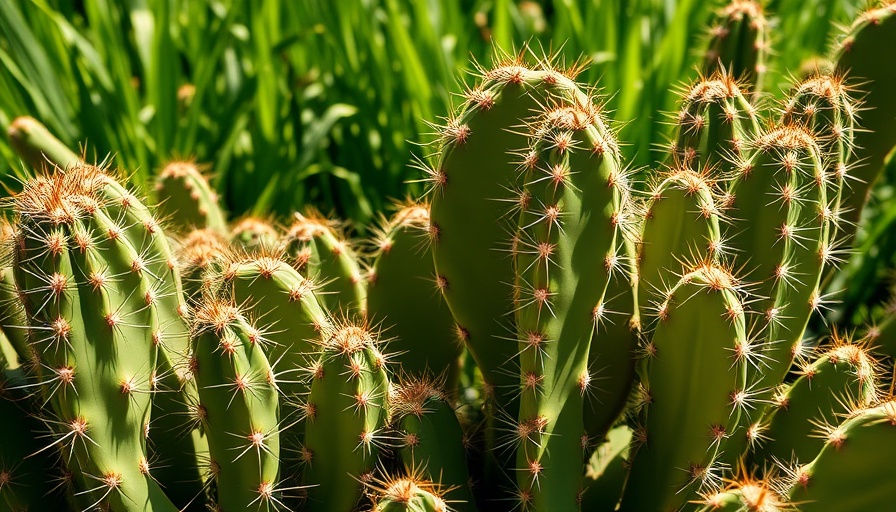
Your Essential Guide to Pruning Cacti for Thriving Growth
While many gardeners often believe that cacti can thrive without grooming, there are specific circumstances when pruning cactus becomes vital for the plant’s health. Knowing the right time and technique to prune can enhance your gardening experience and contribute to the longevity of your prickly friends.
Why Prune Cacti? The Benefits Explained
Most cacti are hardy and can grow robustly without interference. However, sometimes pruning plants is necessary to remove dead, diseased, or damaged growth. Pruning serves several purposes:
- Health Maintenance: Limiting focus on non-viable sections allows the plant to redirect energy toward healthy parts, enhancing growth and flowering.
- Size Management: If your cactus has outgrown its space, proper trimming can help manage its footprint and keep it contained.
- Safety: Cutting back spiny varieties can prevent injuries, especially in pathways or heavily trafficked areas.
- Propagation: The spines and pads of cacti are excellent for propagation, allowing you to grow new plants without harming the parent.
What You’ll Need Before You Start
Pruning cacti effectively requires the right tools and protective gear. Here’s a list of essential equipment:
- Protective Gear: Safety glasses or goggles are crucial to protect your eyes. Wear puncture-resistant gloves to safeguard your hands, and consider extended-cuff gloves for larger varieties.
- Pruning Tools: A high-quality pair of hand pruners designed to cut cleanly will be essential. Look for tools that minimize crushing and damage to plant tissue.
When is the Right Time to Prune?
The timing of pruning can influence its effectiveness. The most opportune periods are:
- Spring: Just before the growing season begins is ideal, as it encourages new growth.
- After Blooming: Post-bloom pruning allows your cactus to maintain its energy through the flowering process.
Always observe the condition of your cactus when determining the perfect timing. If it shows signs of distress or disease, don’t hesitate to prune promptly.
Steps for Pruning Your Cactus Safely
When you’re ready to prune, follow these steps to minimize damage:
- Inspect: Examine the plant thoroughly, identifying any unhealthy sections.
- Prepare: Gather your protective gear and ensure your pruning tools are clean and sharp.
- Make Cuts Wisely: Only trim sections that are dead or damaged. Avoid excessive pruning to prevent stress on the plant.
- Allow for Callusing: After pruning, let the exposed sections callus over to protect against rot.
Caring for Your Cactus Post-Pruning
After pruning, continue monitoring your cactus for stress signs. Ensure it is adequately watered while avoiding over-watering, which can lead to root rot.
Future Predictions: The Impact of Pruning on Cacti Growth
As gardeners become more aware of the benefits of pruning, we can anticipate an increase in healthy, flourishing cacti populations. Pruning not only enhances aesthetic appeal—it also fosters biodiversity within our gardens.
Engaging in sustainable practices such as organic gardening and regularly checking for garden pests contributes to a healthy environment for all plants, especially indoor plants.
Conclusion
Understanding when and how to prune cactus is essential for any gardening enthusiast. Pruning cultivates healthy growth while enhancing the beauty of your garden. Now that you're armed with knowledge, make sure to apply these strategies in your next gardening session!
 Add Row
Add Row  Add
Add 




Write A Comment